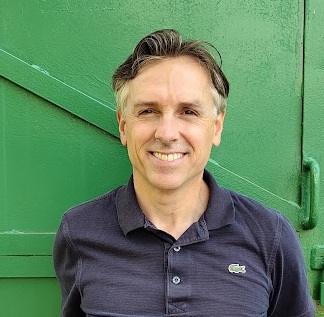The Health Finance Coalition recently had the privilege of participating in the African Medicines Manufacturing Trade Exhibition and Conference (AMMTEC) held 20 – 22 November in Dar es Salaam. The conference brought together stakeholders from across the pharmaceutical manufacturing ecosystem, including manufacturers, global funders, government representatives, and other key players, offering a unique platform to exchange insights, address challenges, and explore opportunities shaping the future of pharmaceutical production on the continent.
Key takeaways include:
- Collaboration as a Catalyst for Progress
From the outset, the conference was rich with engaging discussions and inspiring moments, reinforcing the critical role collaboration plays in progressing Africa’s pharmaceutical manufacturing sector. Attendees underscored the need for unified efforts among industry players, policymakers, and funders to overcome systemic barriers, such as financing gaps, regulatory hurdles and market competition, as well as unlock the sector’s full potential. - Flexible Financing Models for Growth
Pharmaceutical manufacturers on the continent face diverse needs, and rigid financing structures often hinder growth. The conversations at AMMTEC emphasized the value of flexible financing models tailored to the realities of these businesses. Whether through blended finance, patient capital, or innovative debt structures, attendees stressed that creating adaptable financial solutions is vital to supporting manufacturers’ expansion, innovation, and resilience. - Balancing Quality and Streamlined Regulation
While maintaining high-quality standards is non-negotiable for pharmaceutical manufacturers, the conference highlighted how burdensome regulatory processes can stifle growth. Stakeholders called for a more streamlined regulatory framework that supports compliance without imposing unnecessary hurdles, a balance that is crucial for enabling manufacturers to scale production while maintaining the quality required for global competitiveness. - Financial Sustainability Beyond WHO Prequalification
Although achieving WHO prequalification (PQ) is a critical milestone for many manufacturers, financial sustainability cannot end there. Discussions underscored the importance of robust financial planning and modelling to ensure long-term viability. Attendees also stressed how manufacturers must go beyond compliance and focus on creating sustainable profit margins to compete effectively with international suppliers. It was also emphasized that financial planning and a deep understanding of target markets and the interplay between costs, pricing and profitability are crucial.
The AMMTEC conference reaffirmed the urgency of addressing these interconnected challenges and opportunities. By embracing collaboration, innovative financing, streamlined regulation, and financial sustainability, the sector can rise to meet its full potential.
At the Health Finance Coalition (HFC), we are inspired by the insights and partnerships forged during the conference. We remain dedicated to providing solutions that not only enhance access to medicines but also strengthen the financial health and strategic direction of the sector.
To learn more about the work of the Health Finance Coalition, visit healthfinancecoalition.org.


